
The U. S. Securities and Exchange Commission’s (SEC) latest regulatory overhaul is sending shockwaves through the altcoin investment landscape in 2025. On September 18, the SEC approved sweeping new rules that dramatically shorten the approval window for spot cryptocurrency exchange-traded funds (ETFs) from 240 days to just 75 days. This isn’t just regulatory housekeeping – it’s a signal flare for institutional investors, retail traders, and crypto-native funds alike: the era of rapid, mainstream crypto ETF access has arrived.
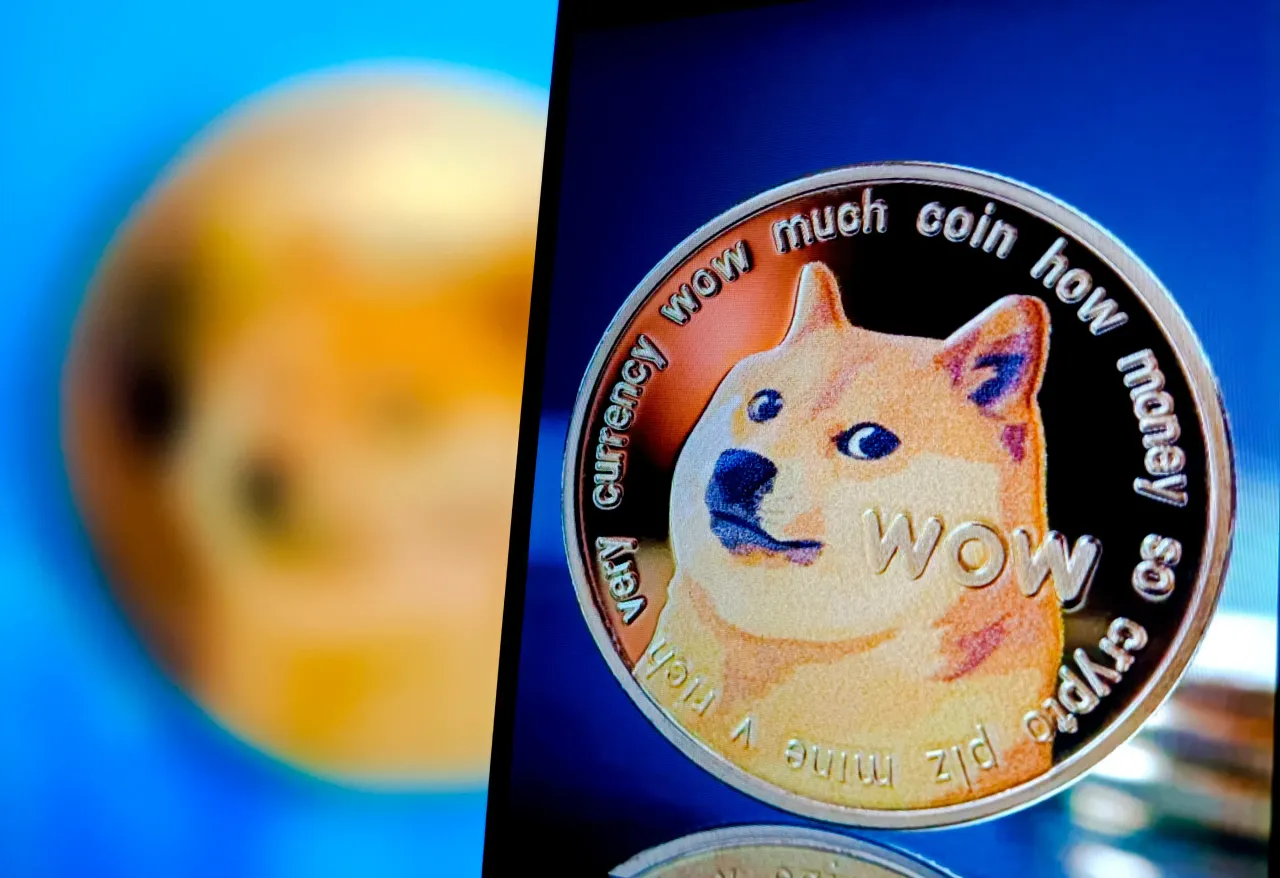
SEC Crypto ETF Rules: The Catalyst for Altcoin Accessibility
For years, altcoins like Solana (SOL), XRP, Cardano (ADA), and even memecoins such as Dogecoin (DOGE) have hovered on the periphery of regulated finance. Bitcoin and Ethereum broke through first with spot ETFs in early 2024, but regulatory bottlenecks kept other digital assets sidelined. That’s now changed. With generic listing standards now in place for crypto ETP approval on major exchanges like NYSE and Nasdaq, the SEC is removing case-by-case hurdles and unlocking a pipeline of multi-asset ETFs.
This move comes amid a broader policy shift under President Donald Trump’s administration to integrate cryptocurrencies into mainstream financial systems. Market watchers expect an imminent debut of new ETFs tracking Solana, XRP, Cardano, SHIB, HBAR, Litecoin – essentially opening the floodgates to diversified crypto exposure on regulated platforms (Reuters).
From Niche to Mainstream: Institutional Crypto Trading Gets a Boost
The impact of these new SEC crypto ETF rules is being felt most acutely among institutional players who have historically been wary of direct token custody or limited by internal compliance mandates. Now, with Grayscale’s Digital Large Cap Fund – featuring Bitcoin, Ethereum, XRP, Solana, and Cardano – gaining approval as an ETF (CoinCentral), we’re seeing a surge in demand for regulated vehicles that offer diversified altcoin baskets.
This shift is set to accelerate as exchanges can now list spot digital asset-backed funds without waiting months for bespoke SEC review (CoinDesk). The regulatory green light means hedge funds and family offices can allocate to products tracking Solana or DOGE with the same ease as traditional ETFs – all while sidestepping direct wallet management headaches.
Top 5 Altcoins Likely to See ETF Launches First
-
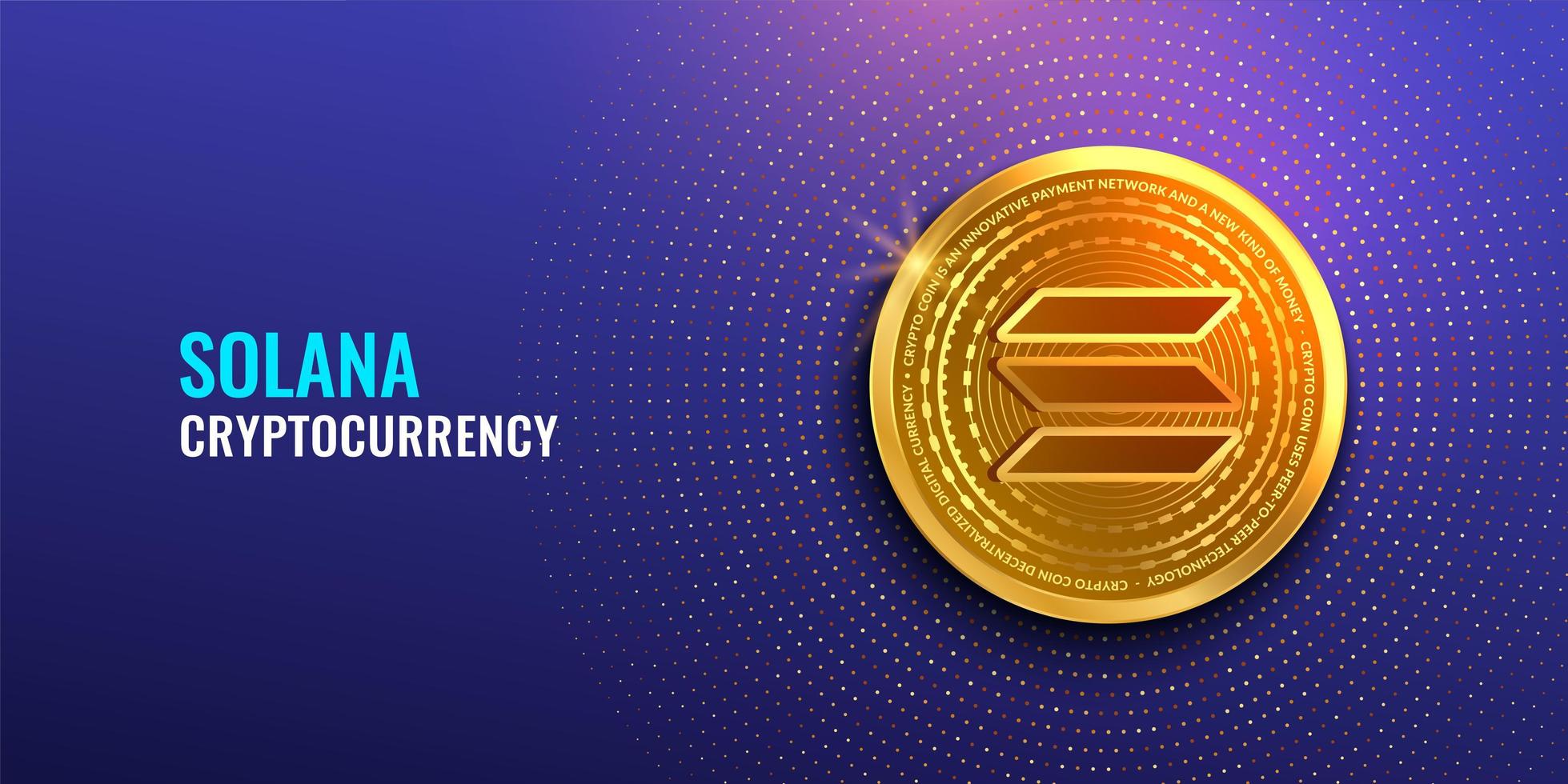
Solana (SOL) — As one of the largest altcoins by market capitalization, Solana is frequently cited in SEC filings and was included in Grayscale’s recently approved multi-crypto ETF. Its high throughput and active DeFi ecosystem make it a top candidate for early ETF listings.
-
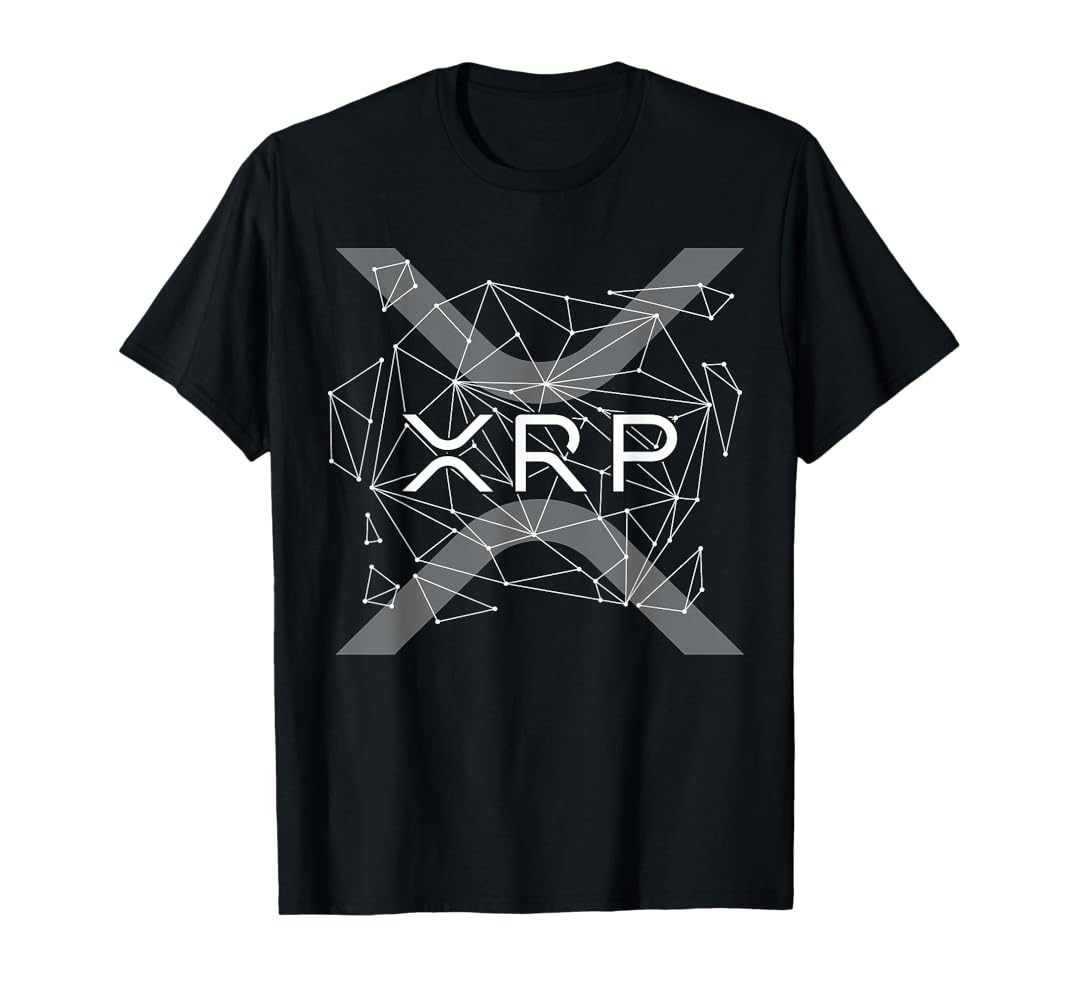
XRP (Ripple) — Following regulatory clarity and recent inclusion in Grayscale’s Digital Large Cap Fund, XRP is poised for ETF approval. Its established use case for cross-border payments and strong institutional interest further boost its prospects.
-

Cardano (ADA) — Cardano’s presence in multi-asset ETFs and its reputation for a research-driven approach to blockchain development position it as a likely early entrant in the new ETF landscape.
-

Dogecoin (DOGE) — With mainstream popularity and frequent mention in ETF application pipelines, Dogecoin is expected to see rapid ETF approval under the streamlined SEC rules.
-
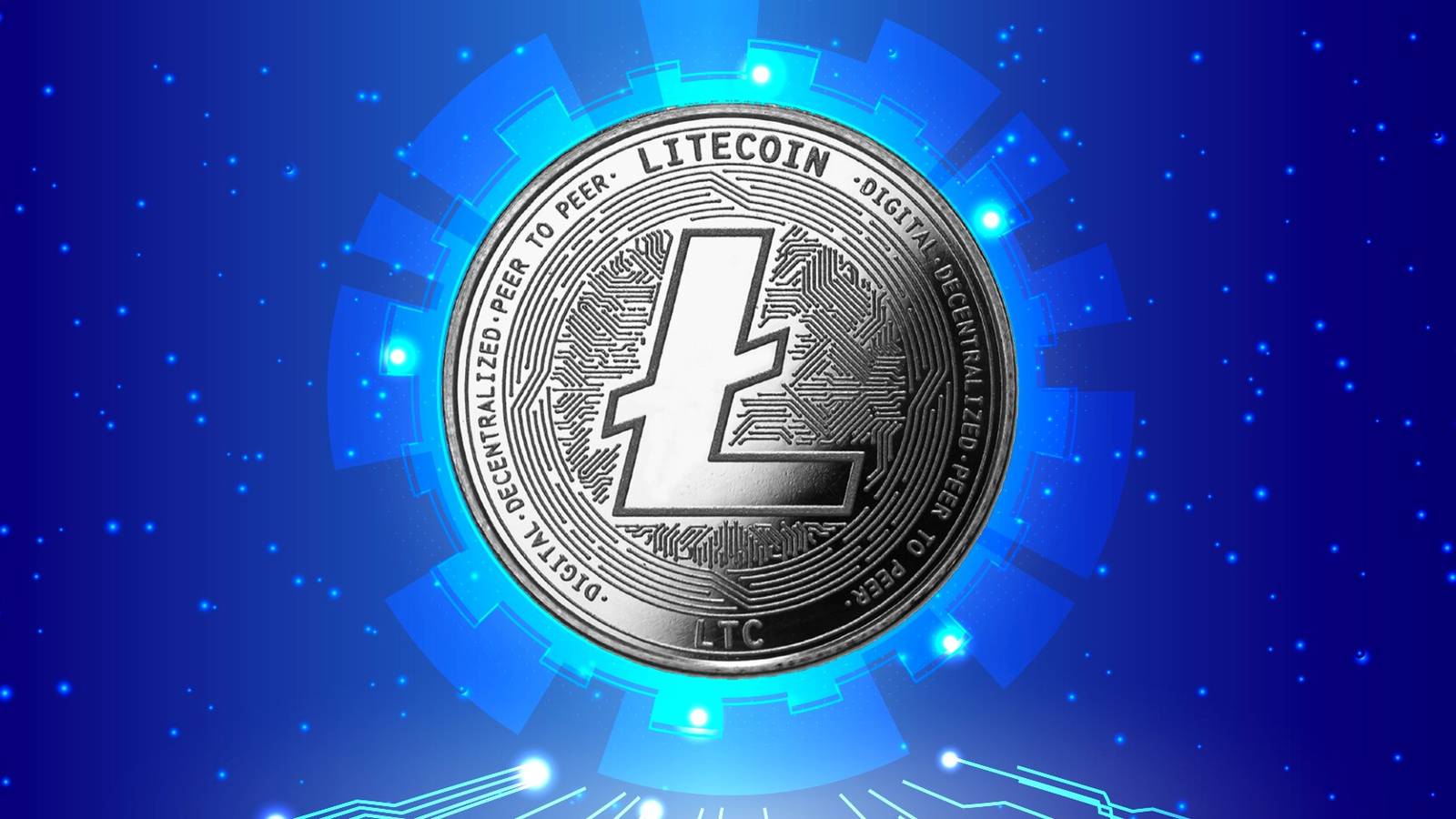
Litecoin (LTC) — As one of the oldest and most widely traded cryptocurrencies, Litecoin’s liquidity and established market presence make it a strong candidate for one of the first spot ETF launches beyond Bitcoin and Ethereum.
Why Altcoin ETFs Matter for Portfolio Construction in 2025
The practical implications are enormous. For asset managers seeking non-correlated returns or retail investors wanting exposure beyond Bitcoin/Ethereum dominance without technical friction or security risks, these new altcoin ETFs are game-changers. They offer daily liquidity on major U. S. exchanges and bring price discovery out of fragmented offshore venues into transparent U. S. -regulated markets.
This isn’t just about speculation. It’s about broadening investor choice at scale – enabling nuanced portfolio strategies that blend high-beta plays like memecoin ETFs with blue-chip layer-one networks such as SOL or ADA within traditional brokerage accounts.
With the SEC’s streamlined crypto ETP approval, market participants are rethinking portfolio construction for a new era of digital assets. The days when altcoin exposure meant navigating unregulated exchanges or complex self-custody solutions are fading. Now, the same compliance departments that once blocked crypto allocations are greenlighting Solana ETF and XRP ETF investments as core alternatives within multi-asset strategies.
For wealth managers and family offices, this regulatory clarity translates to actionable investment policy changes. Altcoin ETFs can now be slotted alongside traditional equities, commodities, and bond funds, no back-office gymnastics required. This is especially significant for institutional crypto trading desks seeking scalable exposure without operational drag or headline risk.
Memecoin ETFs and the Democratization of Crypto Access
Perhaps the most striking signal from this regulatory overhaul is the inclusion of memecoins like DOGE and SHIB in pending ETF applications. While critics dismiss these assets as speculative fads, their presence on regulated exchanges marks a profound democratization of access. Retail investors who once faced high spreads or questionable offshore venues can now buy into memecoin ETFs with the same ease as an S and P 500 index fund.
Moreover, these listings will bring new transparency to price discovery and trading volumes for “non-traditional” digital assets. The result? A feedback loop where mainstream capital flows legitimize previously fringe tokens, potentially reshaping their volatility profiles and long-term adoption curves.
Risks and Macro Considerations for 2025
Of course, this new era isn’t without its risks. The speed of crypto ETF listings could amplify short-term volatility in underlying spot markets, especially if meme-driven flows overwhelm thin liquidity pools. Investors should also keep a close eye on evolving custody standards, tax reporting requirements, and ongoing regulatory tweaks as the SEC adapts to a rapidly changing landscape.
Macro investors will want to monitor correlations between altcoin ETFs and broader risk assets as institutional inflows accelerate. Will Solana or Cardano decouple from Bitcoin in a risk-off scenario? Or will mainstream adoption simply deepen their ties to equity market cycles? These are open questions that will shape allocation decisions well into 2026.
Key Risks of Investing in New Altcoin ETFs
-
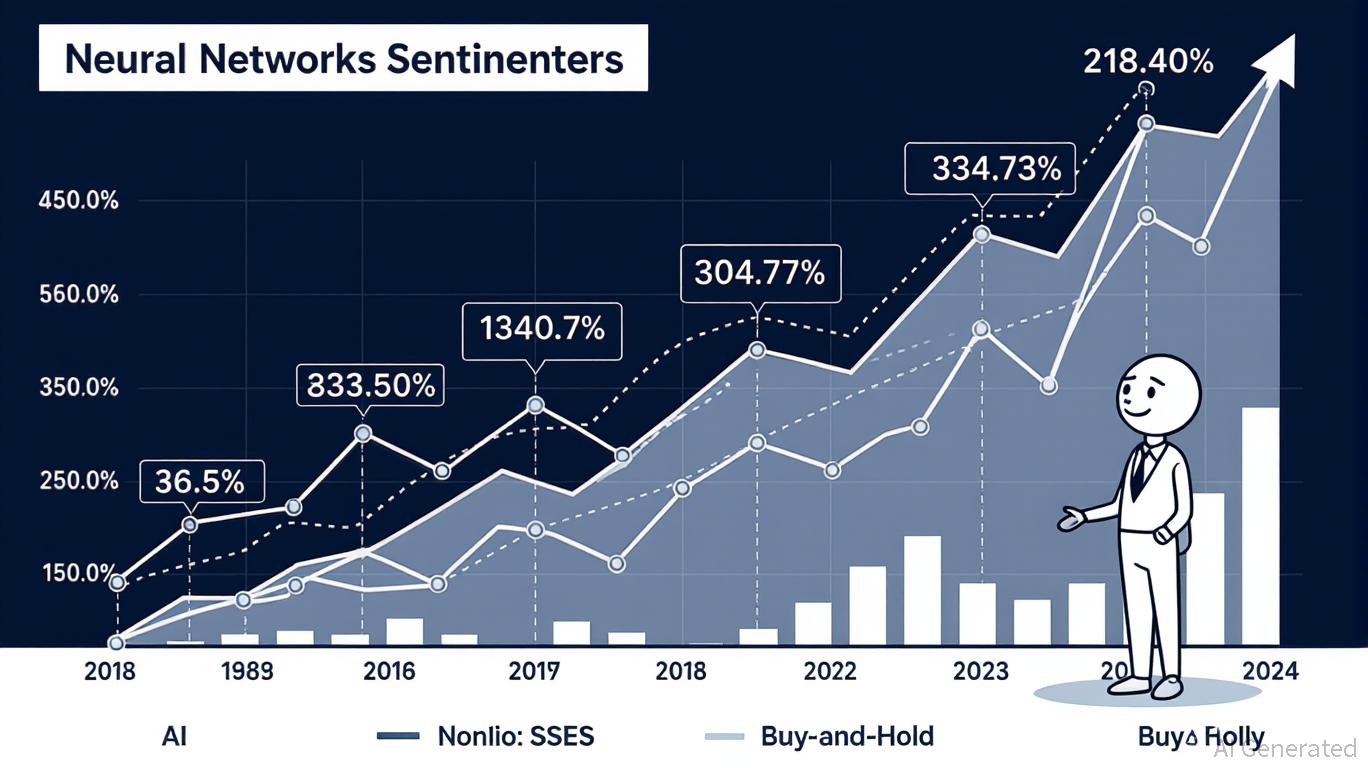
Market Volatility: Newly launched altcoin ETFs are highly sensitive to price swings in underlying assets like Solana, XRP, and Cardano. For example, Bitcoin’s price recently dropped to $115,532 in a single day, underscoring the broader crypto market’s volatility.
-
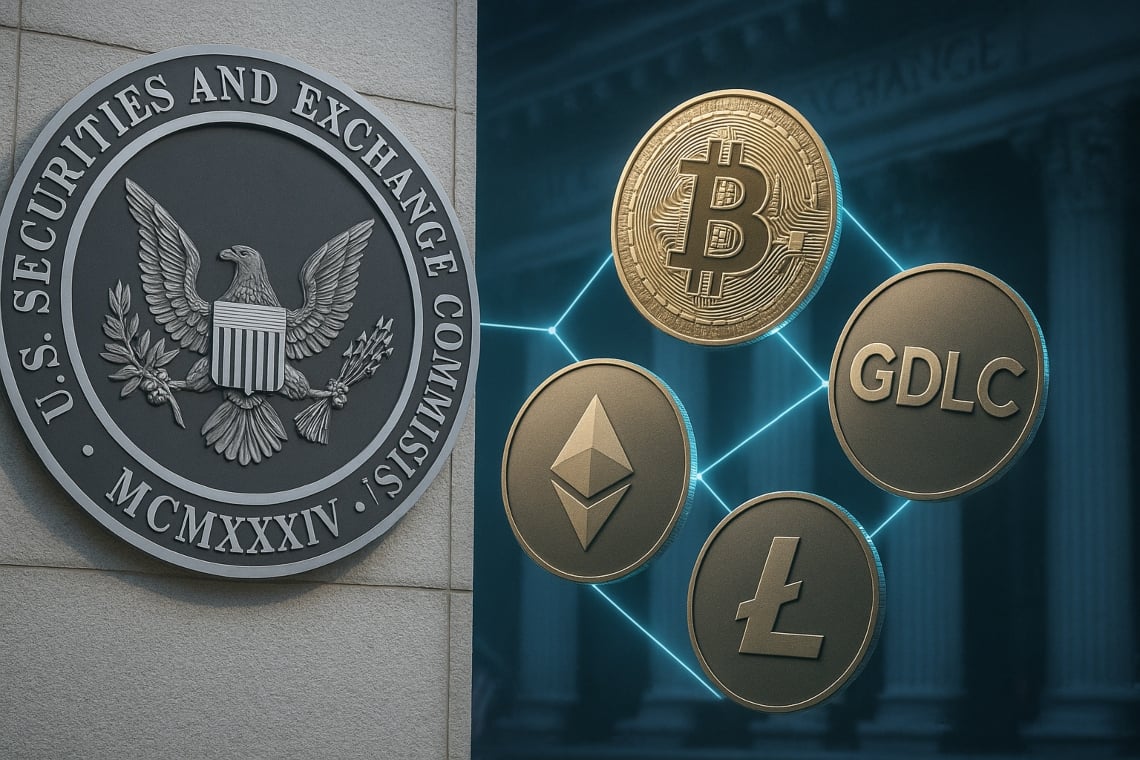
Regulatory Uncertainty: While the SEC’s new rules speed up ETF approvals, future regulatory actions or policy shifts could impact ETF operations or the legality of certain altcoins.
-
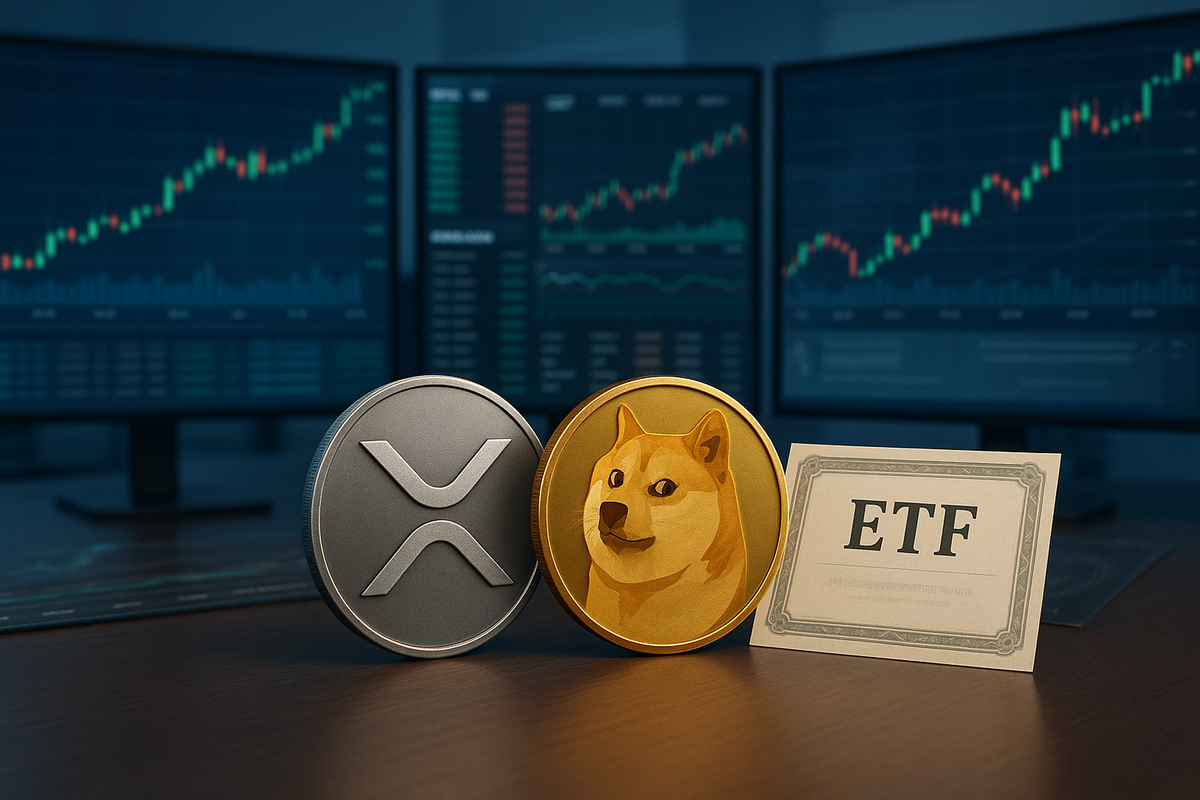
Liquidity Risks: Altcoin ETFs may face limited trading volumes, especially at launch. This can result in higher bid-ask spreads and challenges when entering or exiting positions.
-
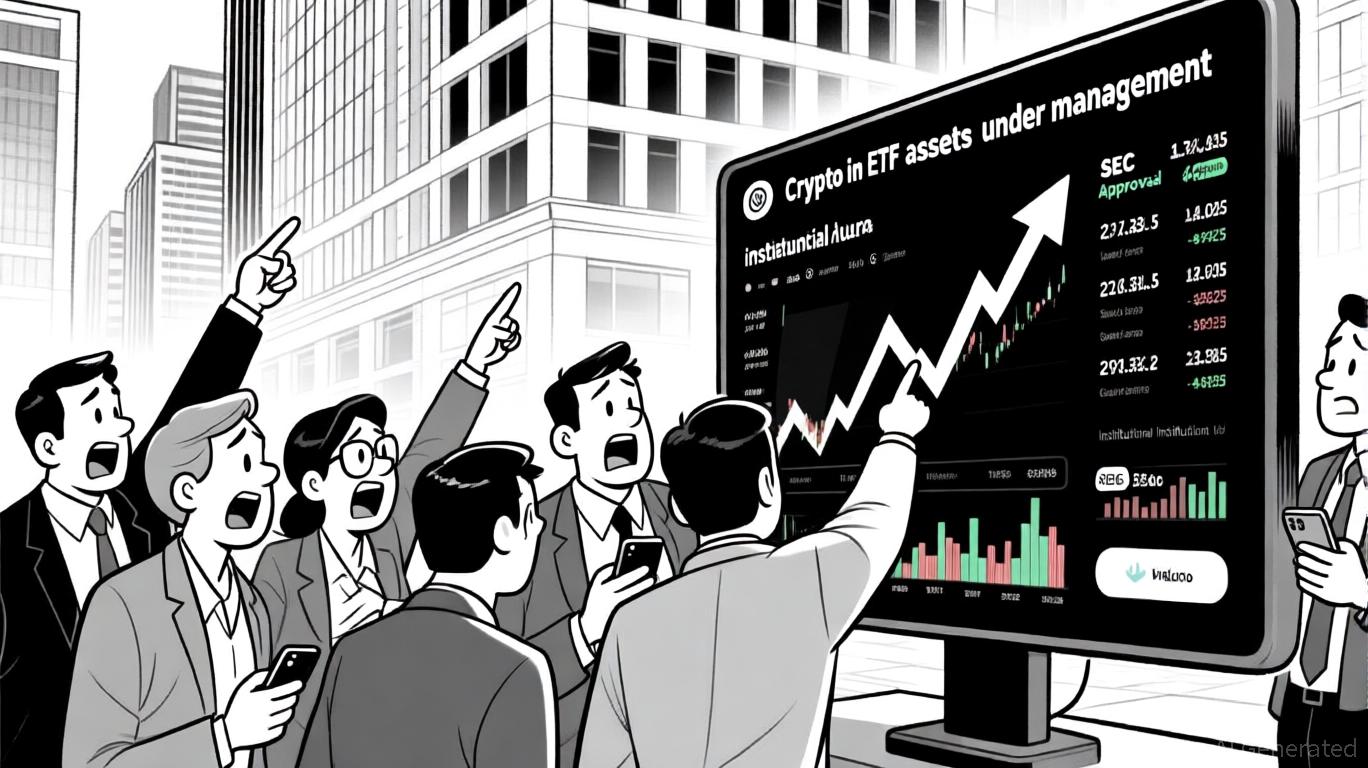
Custody and Security Concerns: Storing and managing digital assets like Solana and XRP within ETF structures introduces unique cybersecurity and custody risks, even for established custodians.
-
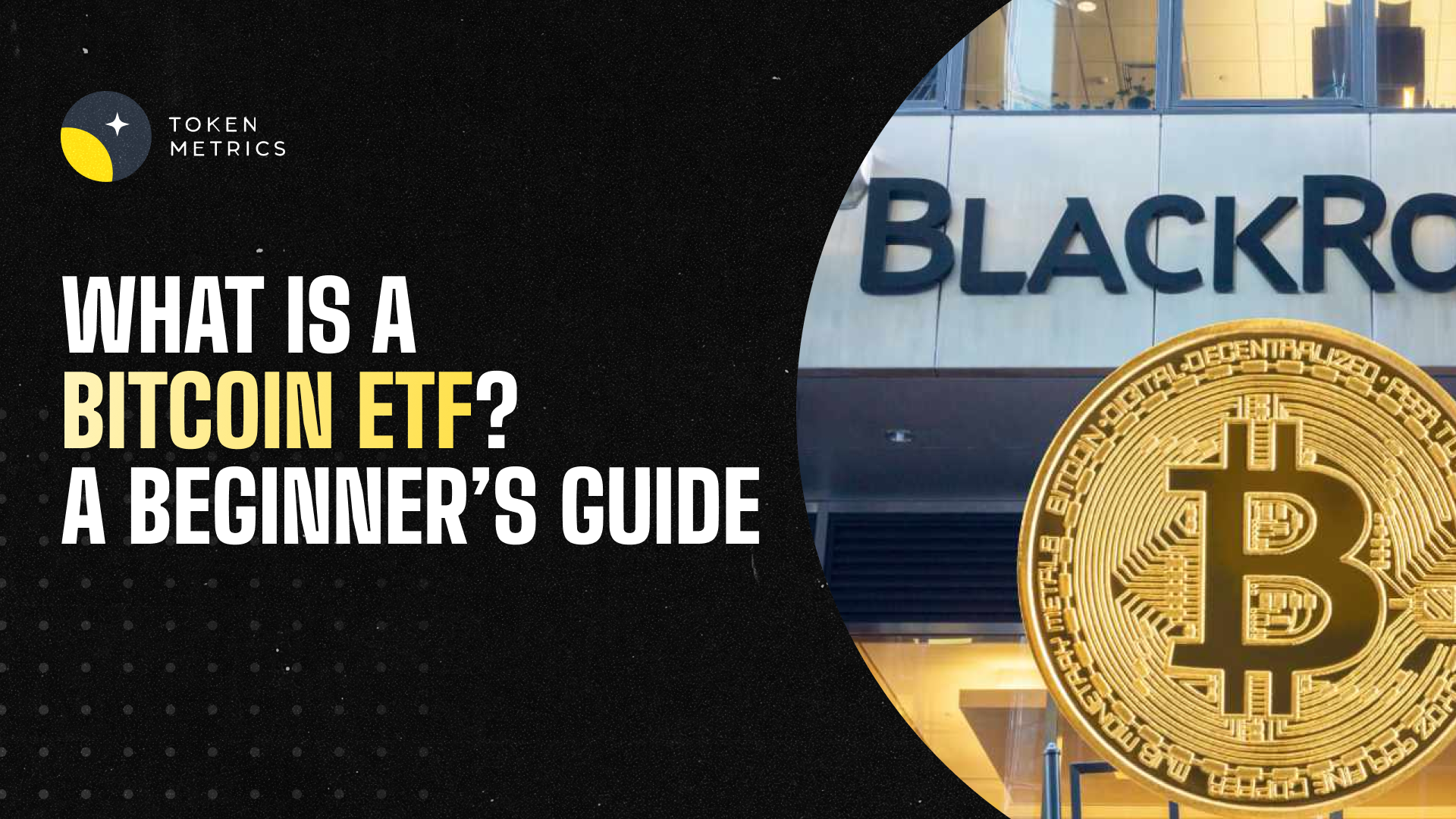
Tracking Error: Altcoin ETFs may not perfectly mirror the price movements of their underlying assets due to operational costs, liquidity constraints, or market mechanics.
-
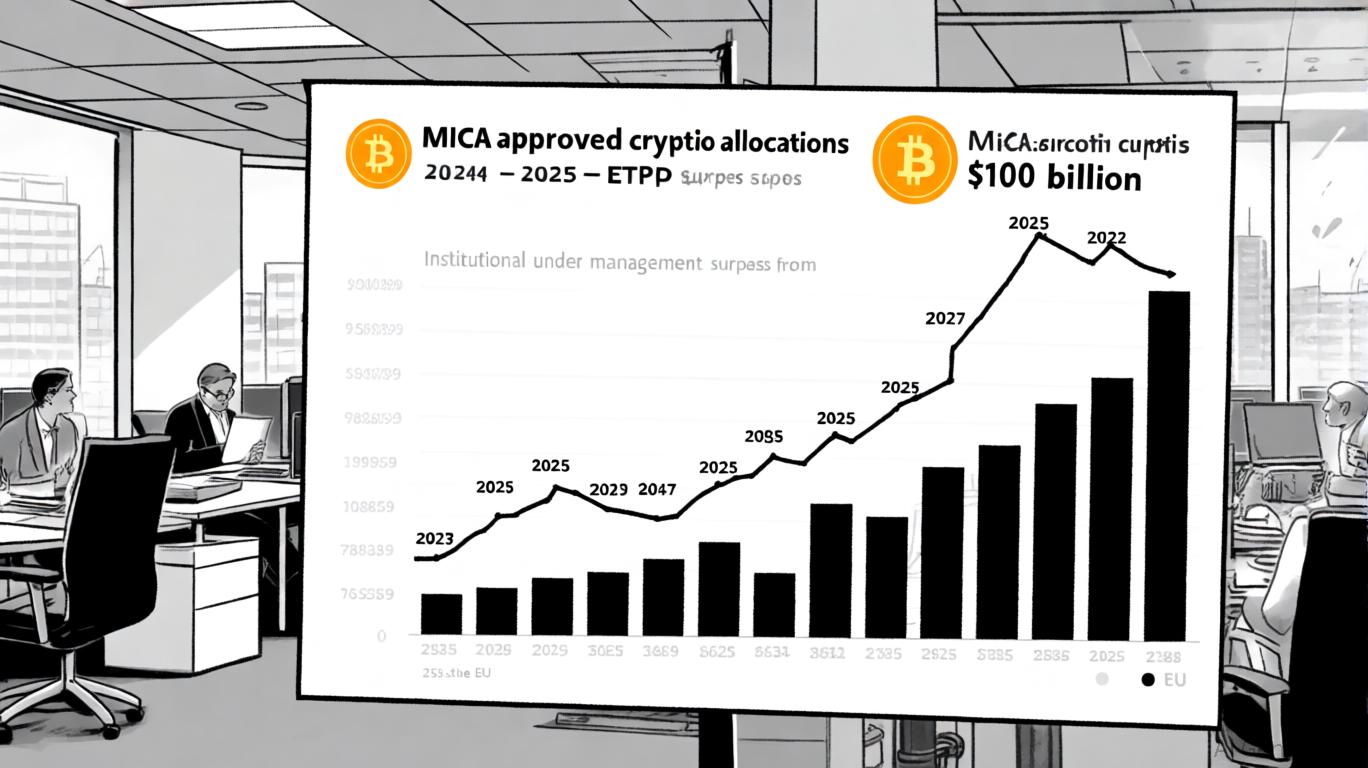
Operational and Legal Risks: As noted by industry analysts, aligning operational and legal frameworks with the SEC’s new standards remains a work in progress, potentially exposing investors to unforeseen challenges.
What Comes Next?
The next quarter is likely to see a flurry of product launches across major U. S. exchanges, transforming how Americans access everything from Solana to memecoins like SHIB via their brokerage accounts (CNBC). For both seasoned traders and first-time investors, the message is clear: the lines between traditional finance and digital assets have never been thinner.
The SEC’s new rules have not just changed the pace of innovation, they’ve fundamentally altered who gets to participate in it. As we close out 2025, expect competition among issuers to intensify around fee structures, index methodologies, and asset selection within these next-generation products.







